MOUNTAIN PROVINCE, August 5, 2021 – Twenty-four-year-old Jomarie Pacpacong, an electronics graduate of the Baguio College of Technology (BCT) of Leseb, Bauko in Mountain Province, invented an improvised incubator for Leseb Community Farmers Association’s (LCFA) Brown Egg Production Project.
The Department of Agriculture – Special Area for Agricultural Development (DA-SAAD) Program in Cordillera Administrative Region (CAR) provided the livelihood in August 2019. Jomarie improvised an incubator employing knowledge in electronics to have a worthwhile stay after being stranded in his hometown due to the pandemic.
“Lockdown ket napansin ko nga ginmaget dagiti pakpakanen nga inted iti program nga ag-itlog sunga napanunot ko kasla mayat padasen iti agpa-adu met iti manok ken tapnu adda kuma maisukat nu kas-kas-anu. Diyayen nga na-antig ti curiousitik nu kas-anu nga usaren agpa-pissa iti incubator ta imbag la nga adda ar-aramiden ken pang-i-apply-an iti kaamuwan iti electronics ken advance nga technology sunga in-youtube ko,” shared Jomarie.
[It was during the lockdown last year when I noticed more chicken we availed from the program has started to lay more eggs. This tickled my curiosity about producing for stock replacement in the future. Backed by the knowledge about electronics that I acquired from school and with the advanced technology today, I researched the process of hatching on YouTube.]He came across the term “candling” as part of the process of using an incubator and asked the help of her younger sister in Bontoc for the purchase of the pieces needed in the construction which he built in about a week.
With the improvised incubator, they incurred four batches of incubation supposedly composed of 102 eggs with only 19 heads materializing from two successful batches due to lack of generator backup power source in times of power interruptions.
Pegged at Php 200 per head, they incurred an additional income of Php 2,400 from selling 12 hatchlings of eight weeks old. The other seven hatchlings served as a supplement to address shortage of Ready-To-Lay [RTL] stocks in the locality.
Table 1. Performance of the Incubator

About Joemarie and LCFA
Jomarie is the son of Nelia Pacpacong and a grandson to Helen Coniyat who are among the 125 members of the LCFA, dominantly composed of Kankanaey indigenous members. The group was established and registered under the Department of Labor and Employment (DOLE) in 2019.
“Because of the improvised incubator, we replaced our seven heads of mortality weeks after the delivery of our stocks due to extreme weather conditions in our locality,” claimed Nelia.
The association is grateful for how a son of theirs was able to come up with a new technology that could inspire the association to push with their future dream of breeding their own stock.
“Aye naragsak kami nga adda gayam anak mi nga maka-aramid iti mabalin nga mausar pangpa-adu tapnu dakami en kuma iti maka-pa-pissa iti pang-sukat mi iti inted iti project tapnu nai-ruruwam en iti panawen mi ditoy,” LCFA business manager Gilda Bangwa said.
[We are very grateful to know that we have a son who is able to fabricate a technology that enables us into breeding our future stocks; at least it is acclimatized in our area.]Nelia and Helen are daughter and mother tandem. They have decided to join their stocks and rear them in a common area upon knowing they were considered as SAAD beneficiaries following a series of meetings and consultation in their barangay.
As a long-time vegetable grower, Nellia Pacpacong, 49, and Helen Coniyat, 65, are very grateful to the Department of Agriculture Cordillera’s SAAD Program for the opportunity to raise chicken for brown eggs, which has given an additional source of income Php 29,322.
“Dakkel nga pagyaman mi nga iti dytoy nga chansa nga mainayun nga beneficiary iti SAAD ta tadta nga pandemic ket adda iti isupay nga pag-alaan ti kanen nga sabali ngem iti nateng nga igagarden mi kar-karu idi nag-lockdown,” Helen said.
[It is with gratitude for the chance to become beneficiary to the SAAD especially during the lockdown. We have other sources of food other than the vegetables we are planting.]About the project
The association received a Brown Egg and Vegetable Production package consisting of chickens, poultry feeds from starter to layer, sets of poultry housing, harvest facilities, pechay and lettuce seeds, plastic crates, and knapsack sprayer worth Php 4,972,000 in 2019.
Each beneficiary received 30 free-range chickens, two starter poultry feeds, two grower poultry feeds, four sacks layer poultry feeds, a cyclone wire roll, three pieces of corrugated GI leaf, two pieces of 24 eggs capacity plastic egg trays, a piece plastic crate, two sachets of pechay seeds, two sachets of lettuce seeds, two pieces of plastic crates, and a knapsack sprayer.
Aside from the feeds provided, they provided the chicken with supplementary feeding of sayote leaves and other edible vegetables available in their garden or community.
As a result, combined sales of Nelia and Helen on their egg production from January 2020 to June 2021 reached Php 92,722, with feed expenses of Php 63,400. In total, the net profit is Php 29,322.
The family used part of their egg collections for daily consumption, while the rest were allocated for sale in the community and the market.
The participation of the younger generation can help introduce new technologies while also learning traditional methods (Farming First, 2013). In Jomarie’s case, he improvised the incubator with the end in mind to help his oldies enter breeding when producing eggs.
Jomarie is inspired to learn more about breeding of chicken through the SAAD intervention and is willing to undergo technical training on vaccine administration and beak trimming to ensure the quality of produce.
He looks forward to a partnership with other government institutions that could support him in acquiring a generator to complement his venture in chicken breeding. More than investing in his personal growth, he is also willing to share his knowledge on incubators with fellow beneficiaries. ###
Writer: Dinah Ay-yango, Information Officer I
References:
Lauro Braganza. October 12, 2020.What is DeKalb Chicken.
Retrieved from: https://freerangeph.com/what-is-dekalb-chicken
Taylor Jones. March 7, 2017.white-vs-brown-eggs
Retrieved from: https://healthline.com/nutrition/white-vs-brown-eggs

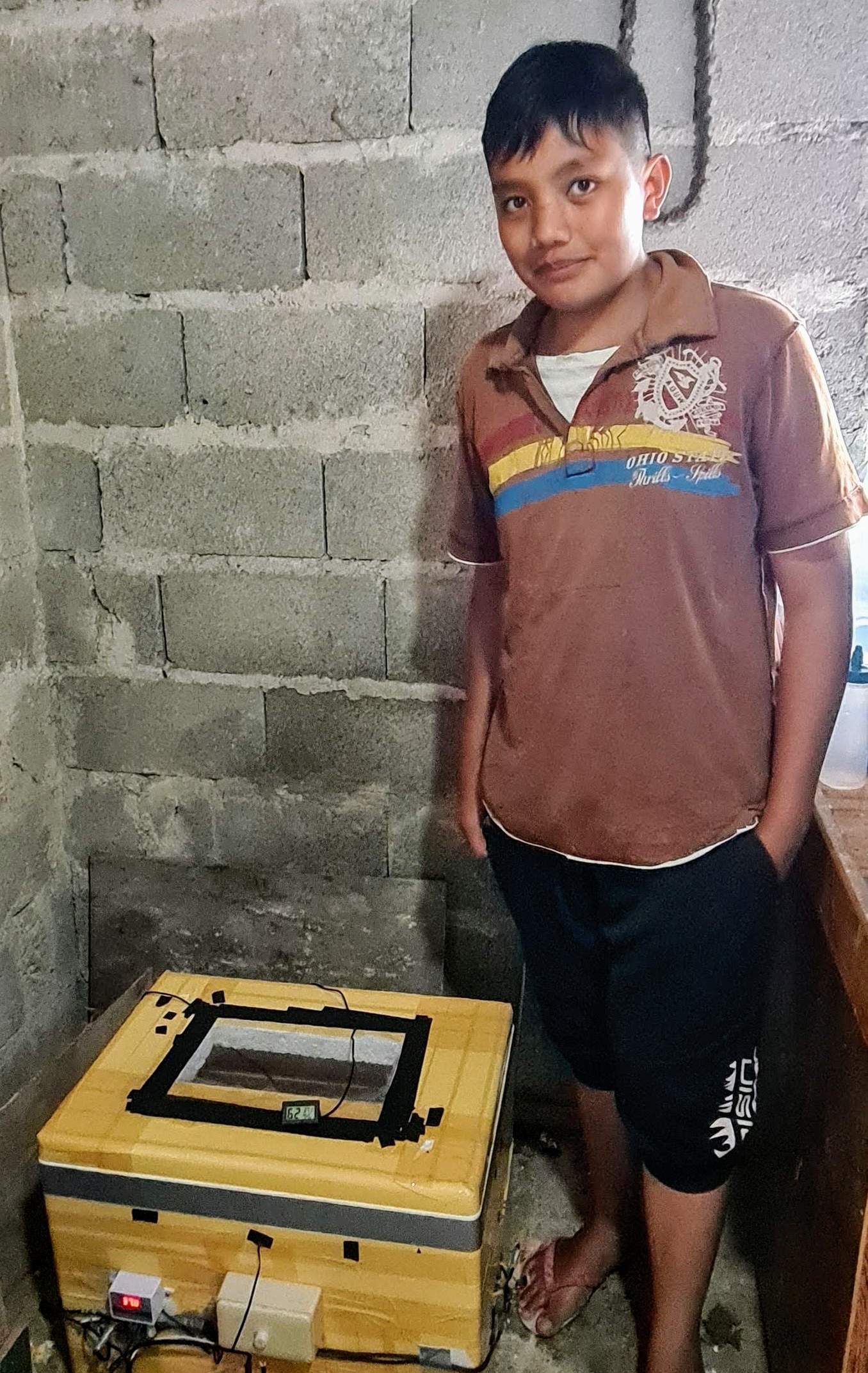
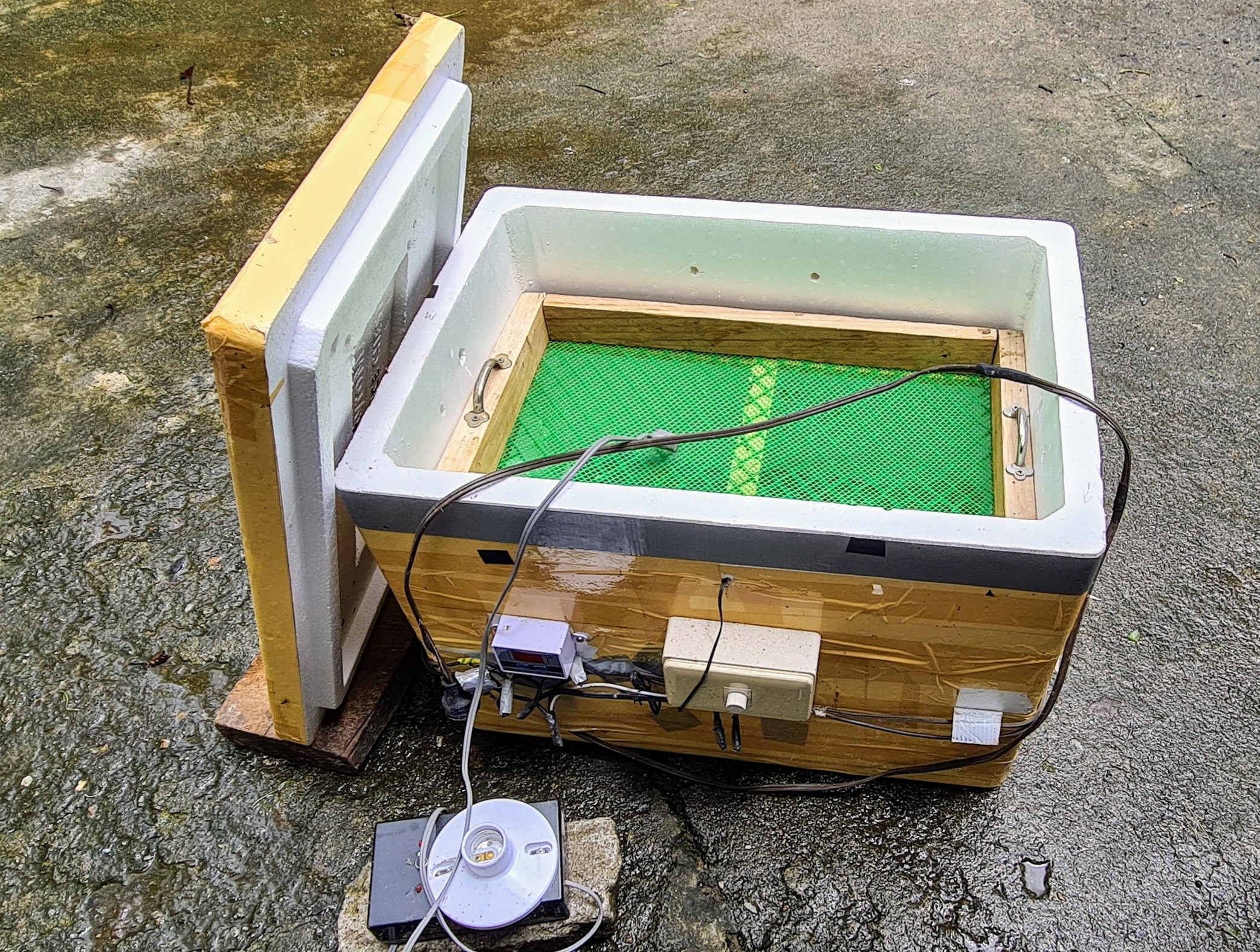
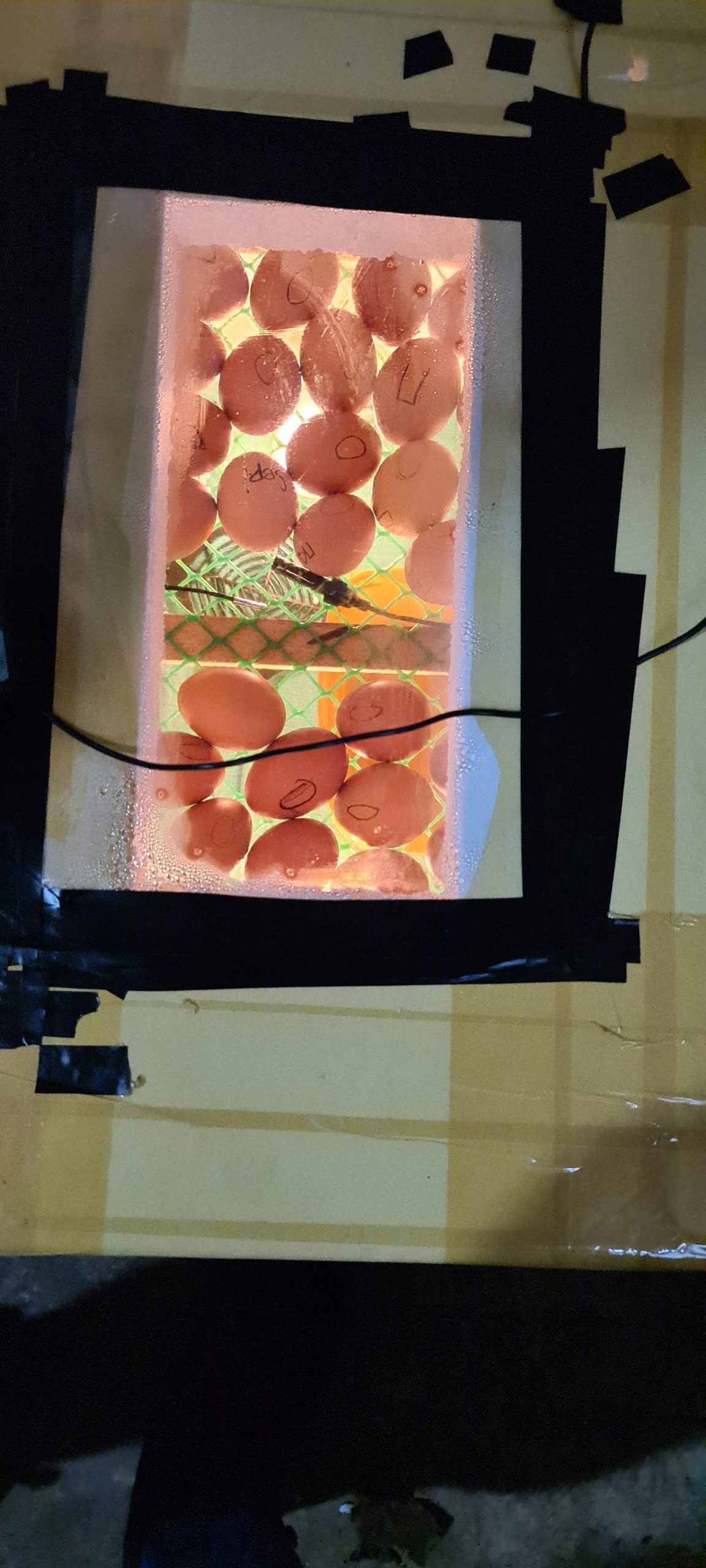
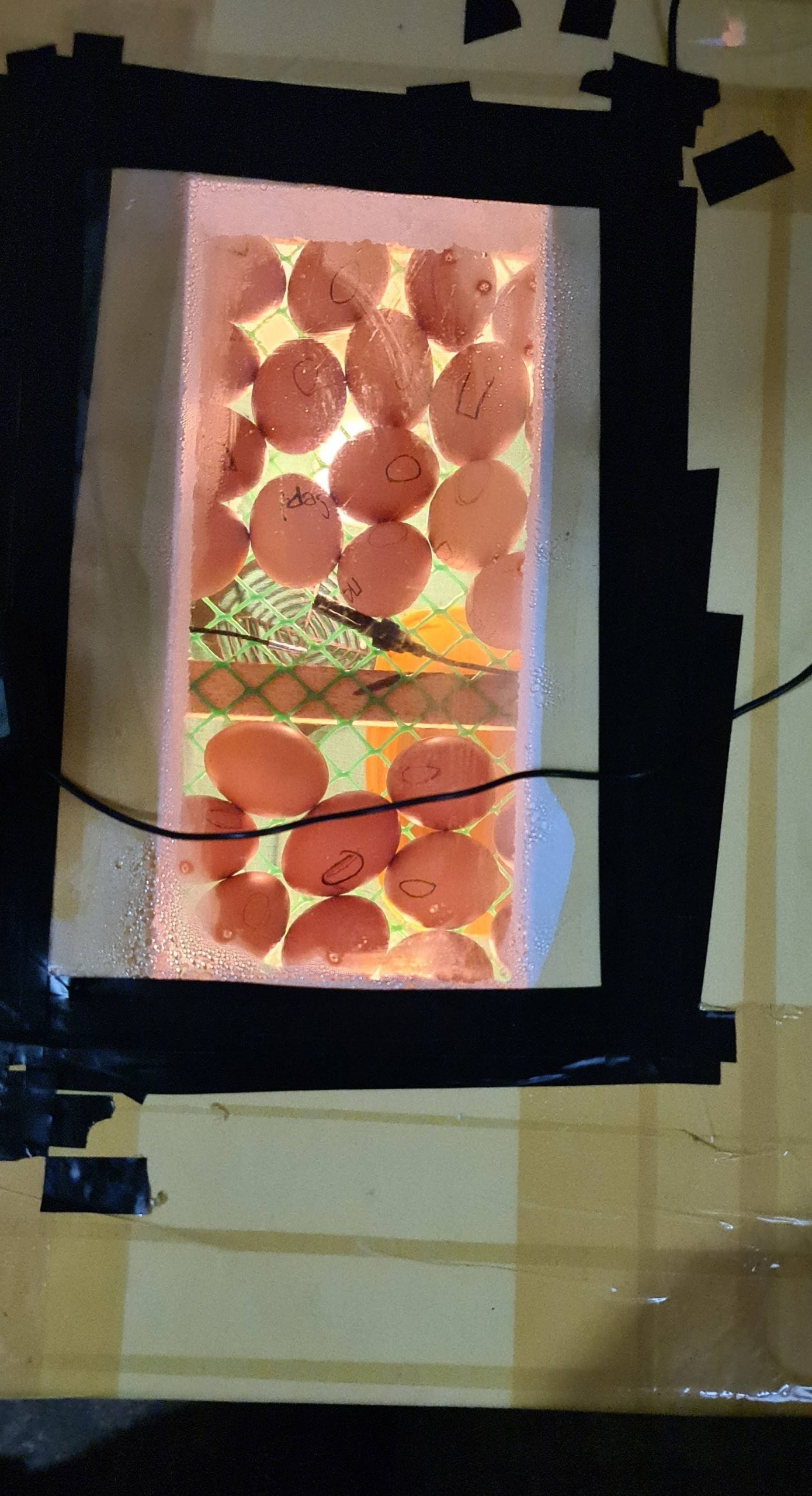
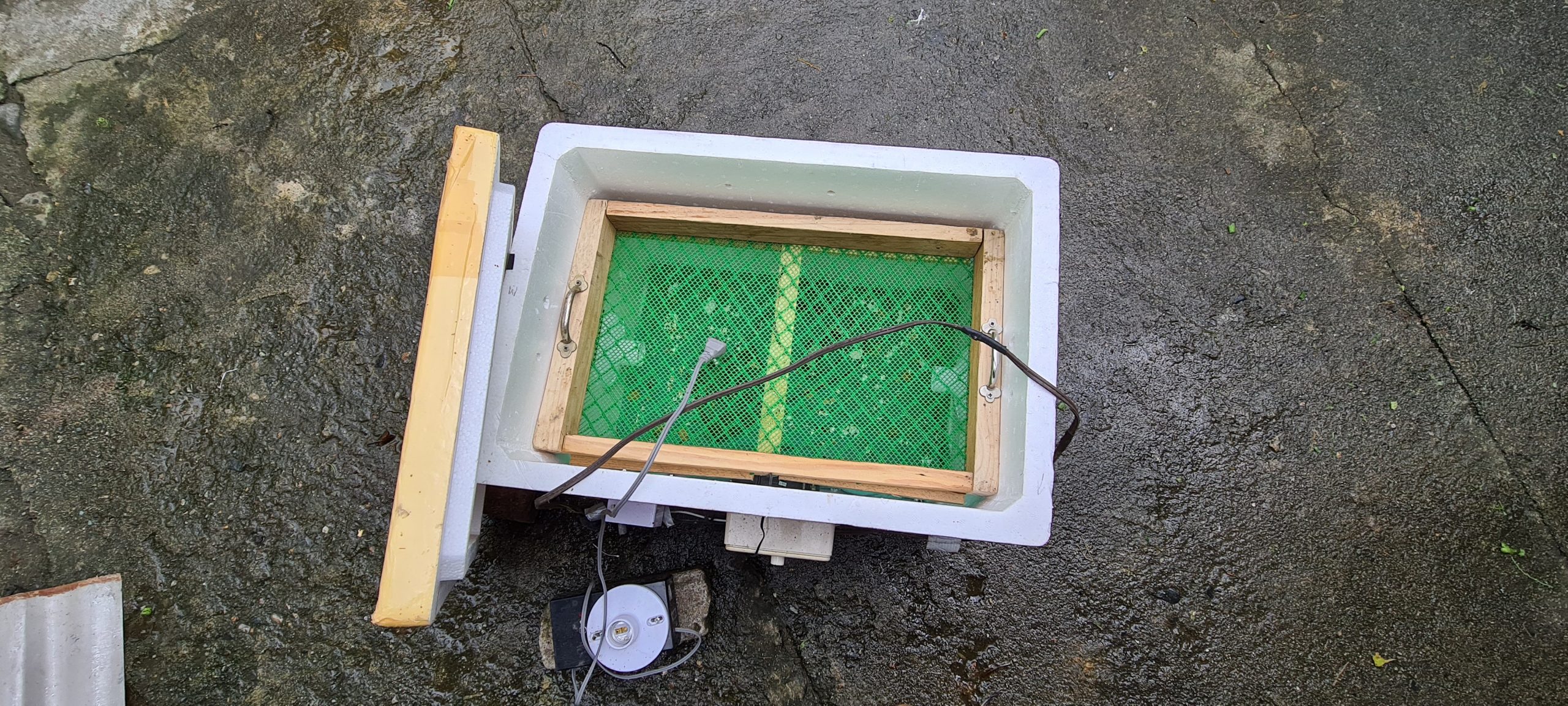
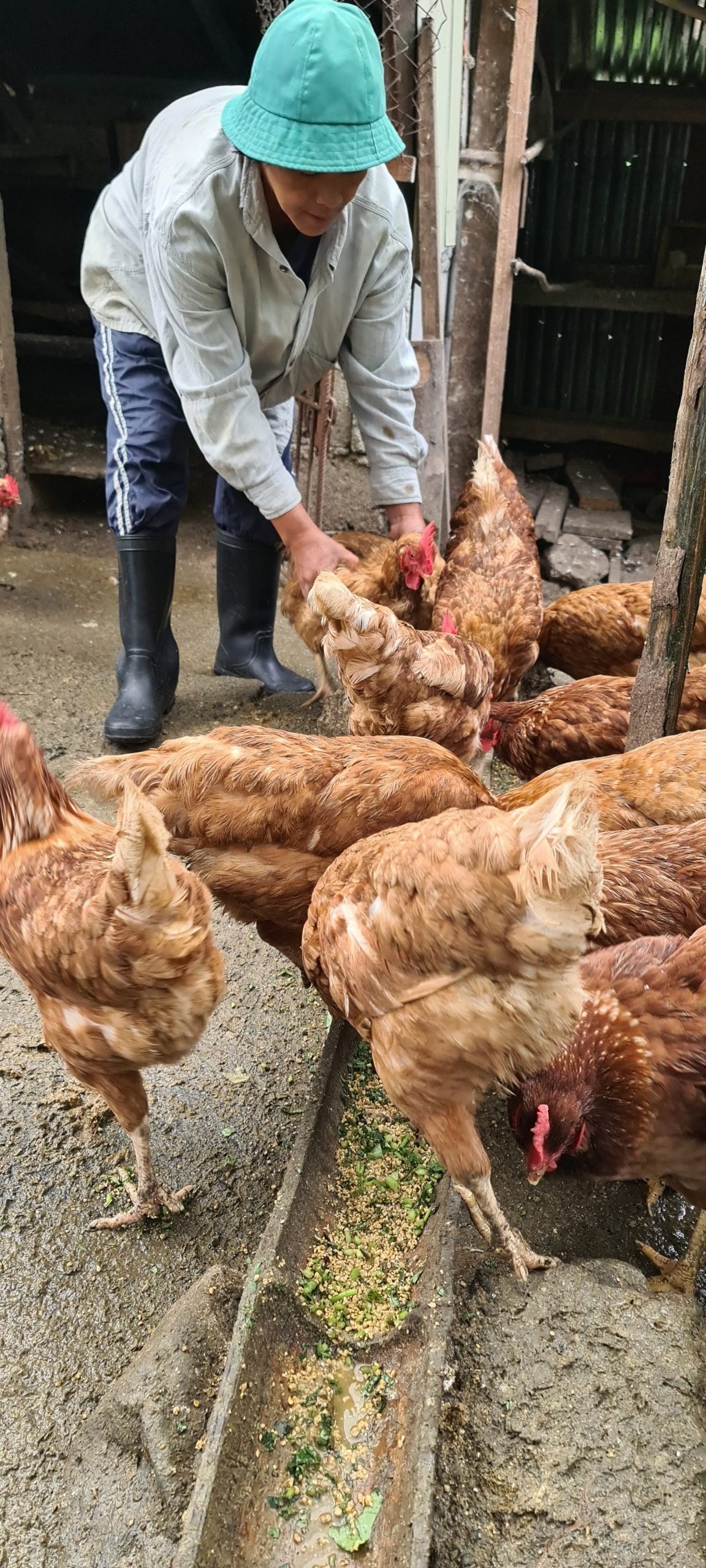
Comments (0)